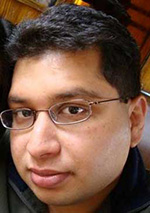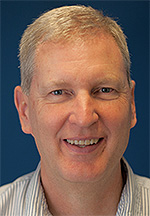Sameer Hemmady
Associate Director
Research Associate Professor of Electrical and Computer Engineering
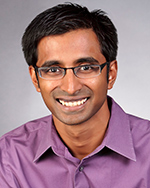
Ganesh Balakrishnan
Professor of Electrical and Computer Engineering
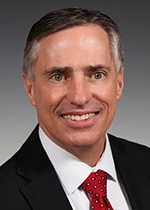
Gregory Heileman
Professor of Electrical and Computer Engineering; Associate Vice Provost, Academic Administration, University of Arizona
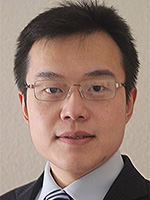
Zhen Peng
Associate Professor, University of Illinois

Payman Zarkesh-Ha
Associate Professor of Electrical and Computer Engineering
Analog and digital VLSI circuit designs • High-performance and low-power VLSI designs • Statistical modeling of VLSI systems • Fault tolerance and yield enhancement design techniques • Novel nanoelectronic devices such CNFETs
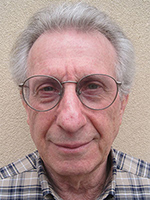
David Dietz
Research Professor of Electrical and Computer Engineering
Dr. Dietz's interests comprise mathematics applied to diverse physics and engineering problems, currently including electromagnetics, network behavior, complex system behavior, and uncertainty quantification in computer codes.

Welcome!
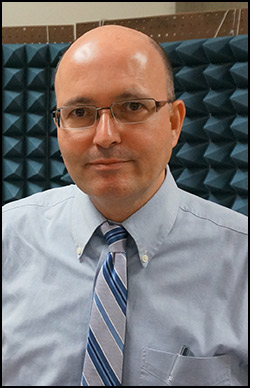 The AFOSR/AFRL Center of Excellence on the Science of Electronics in Extreme Electromagnetic Environments was awarded in 2015 to the University of New Mexico and its partner, the University of Maryland. Predicting the effects of extreme electromagnetic interference (EEMI) on complicated modern CMOS-based computer electronics is a very challenging problem. Even in well-controlled laboratory experiments, there exist several variables that fall outside the domain of accessible knowledge of the target system. For instance, in the case of a typical personal computer, which comprises several electronic subsystems from different equipment manufacturers, the proprietary nature of the manufacturer’s integration methodologies, subsystem operation, and interaction with other subsystems, curtails detailed understanding of the interaction of EEMI energy with electronics. Manufacturers are often even more tight-lipped about the specifics of the input conditions that drive their products to erroneously behave outside of their intended operating margins and impact software execution. Unfortunately, this happens to be at the crux of understanding the EEMI-induced disruption in computer electronics.
The AFOSR/AFRL Center of Excellence on the Science of Electronics in Extreme Electromagnetic Environments was awarded in 2015 to the University of New Mexico and its partner, the University of Maryland. Predicting the effects of extreme electromagnetic interference (EEMI) on complicated modern CMOS-based computer electronics is a very challenging problem. Even in well-controlled laboratory experiments, there exist several variables that fall outside the domain of accessible knowledge of the target system. For instance, in the case of a typical personal computer, which comprises several electronic subsystems from different equipment manufacturers, the proprietary nature of the manufacturer’s integration methodologies, subsystem operation, and interaction with other subsystems, curtails detailed understanding of the interaction of EEMI energy with electronics. Manufacturers are often even more tight-lipped about the specifics of the input conditions that drive their products to erroneously behave outside of their intended operating margins and impact software execution. Unfortunately, this happens to be at the crux of understanding the EEMI-induced disruption in computer electronics.
To spearhead the bridging of this intellectual chasm in predicting EEMI-induced upset of complicated electronic systems, our 6-year AFOSR Center of Excellence (COE) has assembled a distinguished team of scientists (both theoretical and experimental) with deep domain knowledge in the effects of EEMI on electronic devices, components, and systems, and in the development of high fidelity numerical modeling of coupled electromagnetic field-and-circuit field solvers. The University of New Mexico (UNM) and its partners at The University of Maryland (UMD) will leverage their prior expertise in this niche technical discipline to develop a suite of predictive models (validated through experimental testing) on fundamental CMOS devices, circuits, and printed circuit boards (PCBs) utilizing current CMOS technology as well as evolving future technologies. These predictive models could be used within the framework of a larger, comprehensive simulation environment to better understand the effects of EEMI on modern electronics.
Edl Schamiloglu, Director
Distinguished Professor of Electrical and Computer Engineering
University of New Mexico
edls@unm.edu
Dr. Arje Nachman, AFOSR, Program Officer
Dr. Timothy Clarke, AFRL, Program Officer
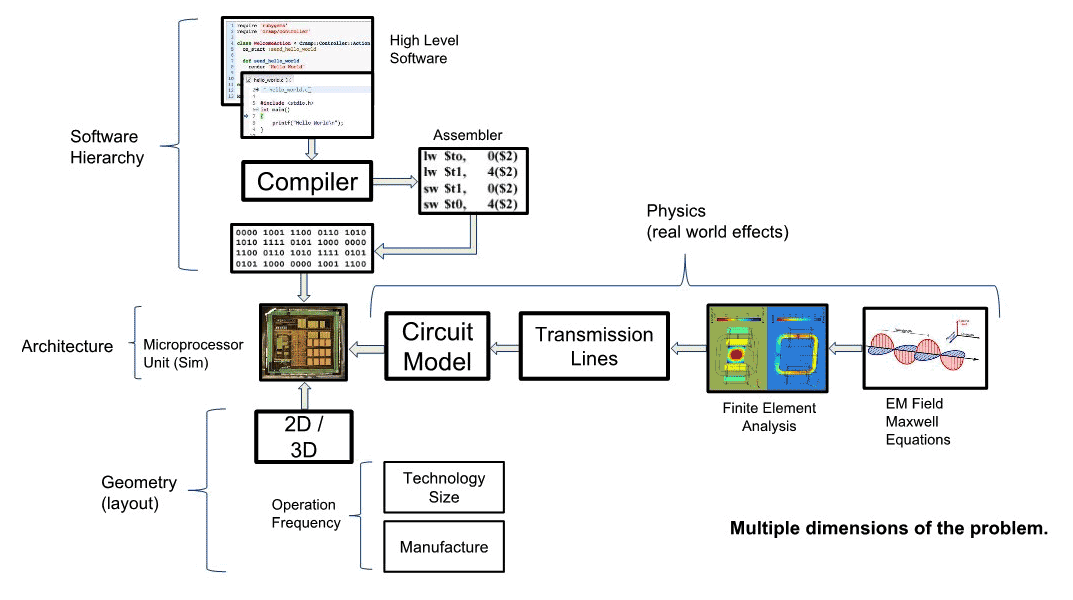
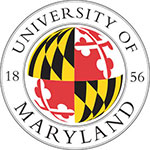
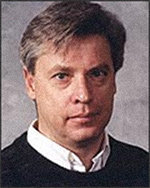
Thomas M. Antonsen

Thomas M. Antonsen
Electrical and Computer Engineering Professor of Electrophysics, Professor of Physics
Co-Director Center of Excellence
Steven Anlage
Professor of Physics and Faculty Affiliate of ECE
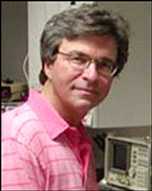
Neil Goldsman
Professor of Electrical and Computer Engineering
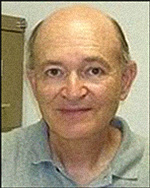
Edward Ott
Distinguished University Professor
Professor of Electrical and Computer Engineering,
Professor of Physics

Edo Waks
Associate Professor of Electrical and Computer Engineering

Edo Waks

